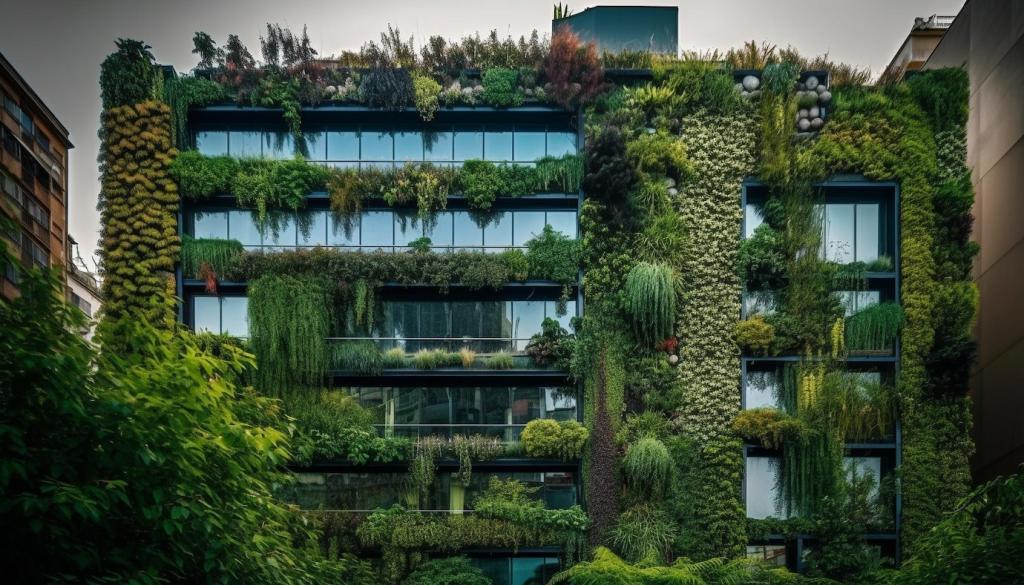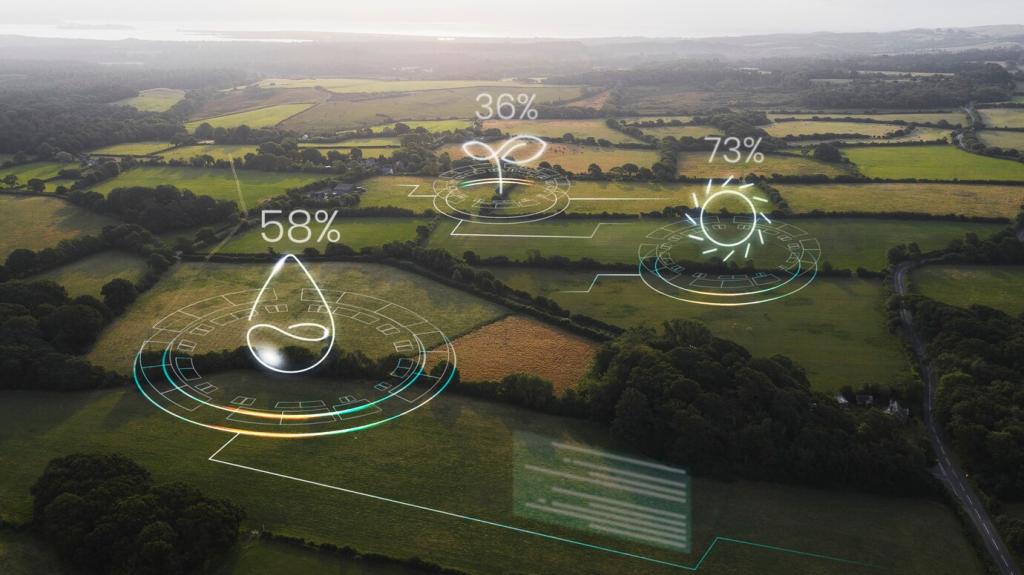Innovative Trends in Green Building Materials
The evolution of green building materials has become central to sustainable design and construction. Innovations in this field are changing how we think about resource efficiency, occupant health, and environmental impact. As architects, builders, and developers prioritize eco-friendly practices, the demand for cutting-edge materials continues to increase. This page explores the most groundbreaking trends shaping the future of green construction, highlighting how these materials are revolutionizing building practices and pushing the limits of creativity while addressing the global need for responsible development.

Hempcrete Innovations
Hempcrete, a composite made of hemp shiv and lime, is gaining significant traction in the green building sector. Its high insulation properties, ability to regulate humidity, and inherent carbon sequestration make it a leading biobased material. Not only does hemp absorb carbon dioxide during growth, but when used as a building material, it continues to offer impressive environmental benefits. Innovations in hempcrete formulations and prefabricated blocks are making it easier for builders to adopt this solution, supporting faster construction timelines without compromising on sustainability goals.

Mycelium-Based Insulation
Mycelium, the root structure of fungi, is being cultivated and molded into insulation panels that challenge conventional options. Its production requires minimal resources, and the materials are fully compostable at the end of their lifecycle. The lightweight yet durable properties of mycelium-based blocks offer a novel approach to both insulation and soundproofing, substantially reducing waste typical of synthetic alternatives. This trend points to a future where construction waste is biodegradable, and supply chains can be locally sourced and regenerative.

Soy-Based Adhesives and Sealants
Traditional adhesives and sealants often contain volatile organic compounds (VOCs) that degrade indoor air quality. Soy-based alternatives present a healthier option, reducing reliance on petrochemicals and offering comparable bonding strength. These adhesives not only improve air quality but also help in earning green building certifications. Advances in formulation have made soy-based binders resistant to moisture and temperature fluctuations, enhancing their utility in different segments of construction from flooring to panel installations.
Previous slide
Next slide

Smart and Adaptive Materials
Thermochromic Window Glazing
Advanced thermochromic glazing technologies enable windows to change tint in response to sunlight and temperature. This dynamic adaptation reduces glare, protects interiors from UV exposure, and helps moderate indoor temperatures, significantly reducing the load on heating and cooling systems. By integrating with building automation systems, thermochromic windows maximize natural lighting without sacrificing comfort or energy performance, moving façades beyond passive barriers to active environmental managers.
Phase-Change Material Panels
Phase-change materials (PCMs) absorb and release thermal energy as they melt and solidify within wall and ceiling panels. These panels regulate indoor temperature by storing excess heat and gradually releasing it as temperatures drop, helping maintain comfort without excessive reliance on HVAC equipment. Recent innovations in encapsulation materials have enhanced the durability and reliability of PCM panels, making them a viable solution for both retrofits and new constructions targeting improved energy efficiency.
Self-Healing Concrete
Concrete is ubiquitous in modern construction, but its tendency to crack can compromise durability. Enter self-healing concrete, which incorporates bacteria or chemical agents that activate in the presence of water, sealing small cracks autonomously. This innovation prolongs the service life of structures, reduces repair costs, and minimizes the need for resource-intensive maintenance. The addition of these healing agents is now being optimized for scalability and cost-effectiveness in infrastructure projects aiming for longevity and low environmental impact.
Energy-Positive Building Materials
Building-integrated photovoltaic (BIPV) materials seamlessly combine energy generation with building components like roofing, façades, and glazing. Unlike traditional solar panels, BIPV elements are aesthetically integrated into architectural designs. Technological advancements in thin-film solar cells and flexible substrates allow for creative configurations, making nearly every exposed surface an opportunity for renewable energy capture. As installation costs decrease and efficiencies improve, BIPV is paving the way for net-positive energy buildings.

Previous
Next
Natural Clay and Lime Plasters
Natural clay and lime plasters are re-emerging as modern wall finishes due to their breathability and low toxicity. These plasters regulate humidity, discourage mold growth, and are free from synthetic chemicals found in typical drywall finishes. Developers are investing in formulations that allow for vibrant colors and smooth application, bringing traditional craftsmanship to modern, health-conscious spaces. Upcycled aggregates and pigments further enhance sustainability without compromising performance.
Low-Emission Flooring Options
Floor coverings often contribute to poor indoor air quality by emitting VOCs. Health-oriented materials such as linoleum (made from linseed oil, wood flour, and jute) and innovation-driven options like cork or bamboo provide resilient, beautiful surfaces with minimal off-gassing. Sustainable flooring solutions not only safeguard occupants’ health but also offer renewable sourcing and quick regrowth, bolstering the environmental profile of finished interiors in both homes and commercial buildings.
Bio-Based Acoustic Panels
Acoustic panels composed from bio-based fibers like kenaf, wool, or recycled cellulose are gaining popularity for both functional and environmental reasons. Unlike foam or mineral wool, these panels are compostable at the end of their lifecycle. They deliver effective sound management for offices, classrooms, and public spaces, while contributing to resource efficiency and indoor environmental quality. Ongoing research is enhancing their fire resistance and durability, ensuring they meet stringent code requirements without sacrificing sustainability.
Mass timber, including cross-laminated timber (CLT) and glulam beams, represents the forefront of modulated, factory-built structural components. Sourced from sustainably managed forests, these engineered products store carbon and enable rapid, low-waste construction compared to steel or concrete. Precision-cutting and digital modeling allow for customization on a grand scale, encouraging the rise of high-performance timber buildings in urban environments.
Modular and Prefabricated Green Components
Circular Design and Material Reuse
Emerging building systems are specifically engineered for easy disassembly at the end of their useful life, enabling the separation and recovery of materials for reuse. This approach greatly reduces landfill waste and supports closed-loop recycling processes. Components such as bolted steel joints, prefabricated timber elements, and mechanical fasteners replace adhesives and permanent fixes, allowing structures to evolve or be repurposed in response to changing needs.

